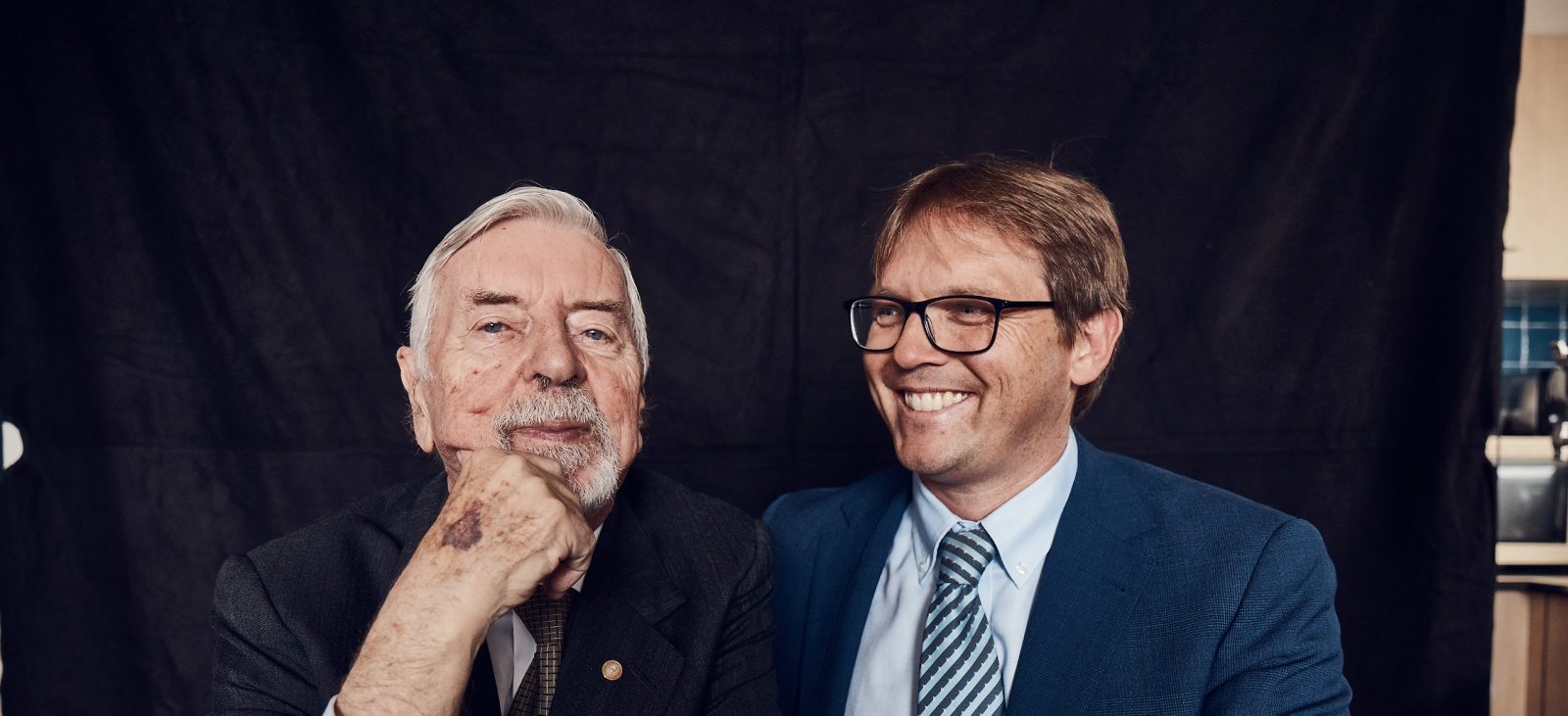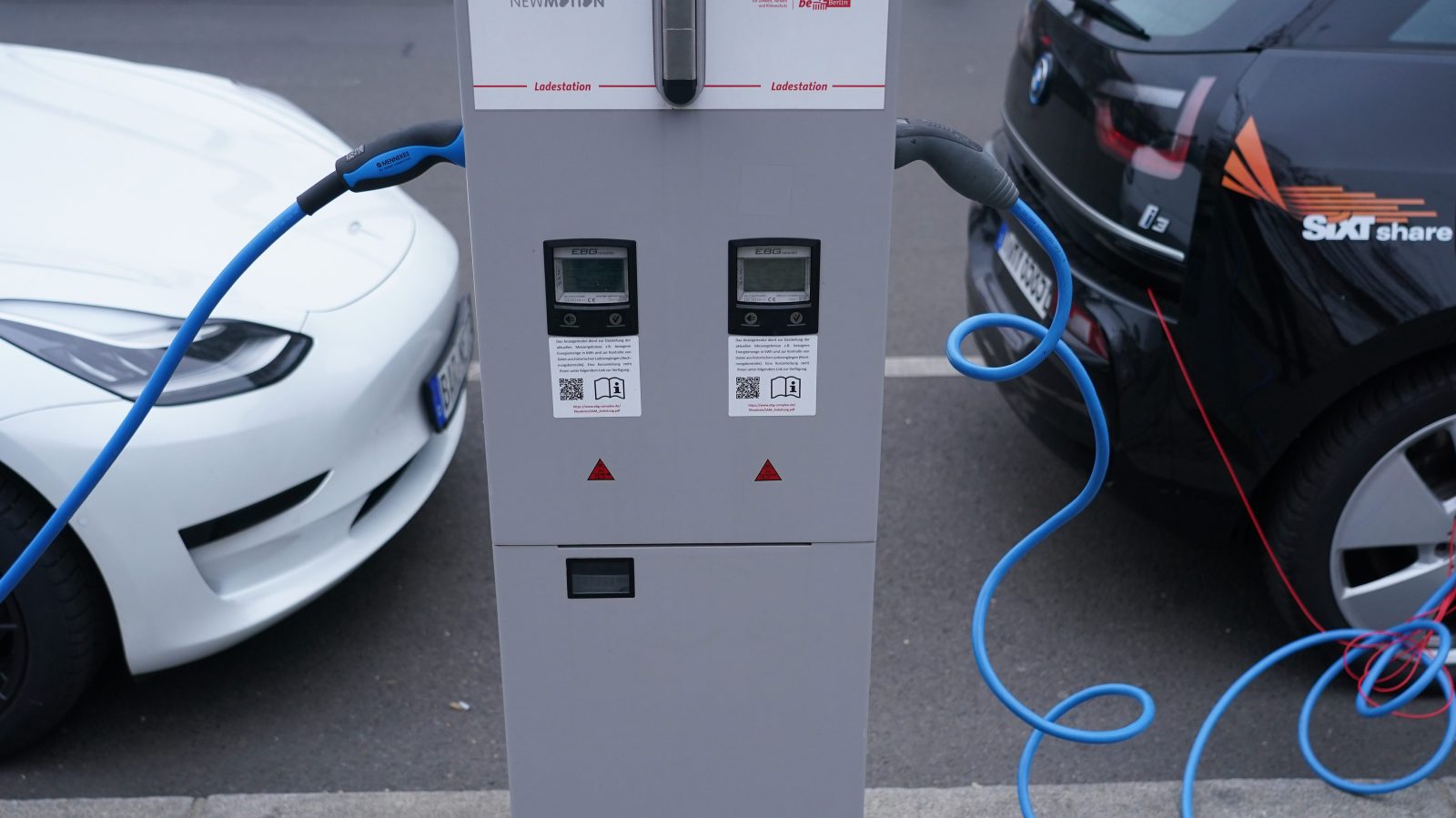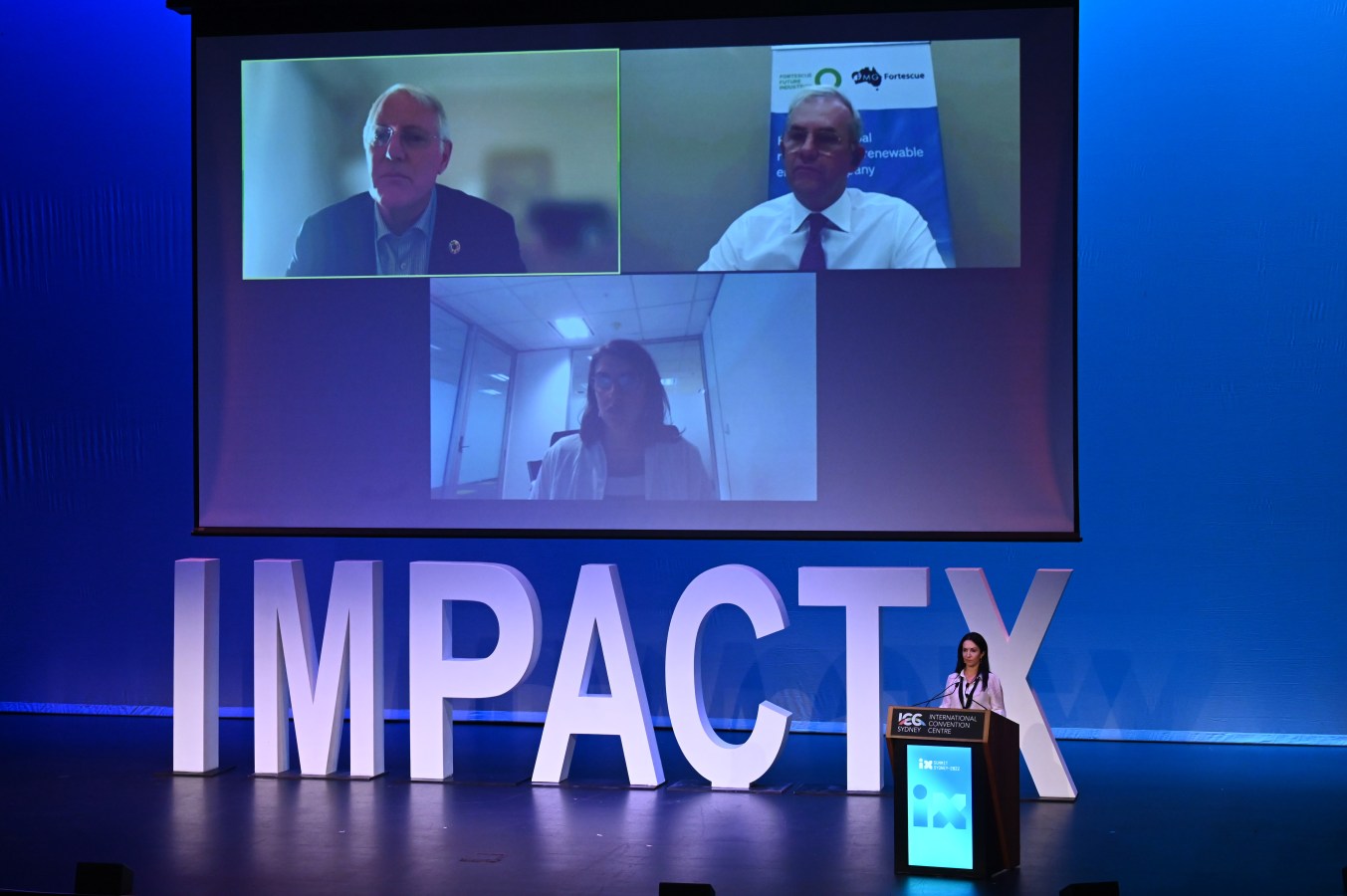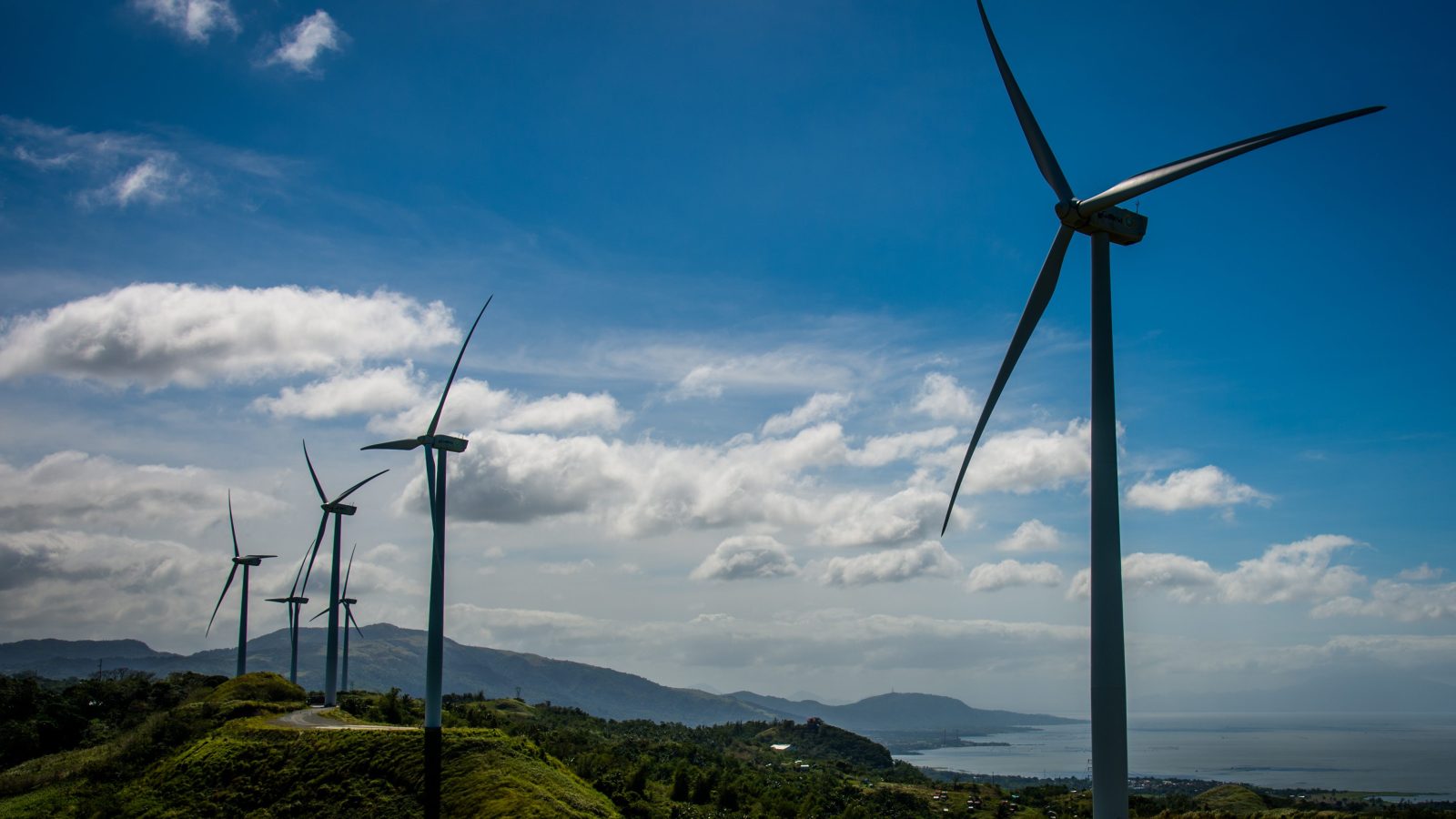United H2 Limited (UHL) launched in 2019 and has since formed the world’s largest hydrogen conglomerate. Now, it’s planning a dual listing, and expects to achieve a valuation of $1 billion.
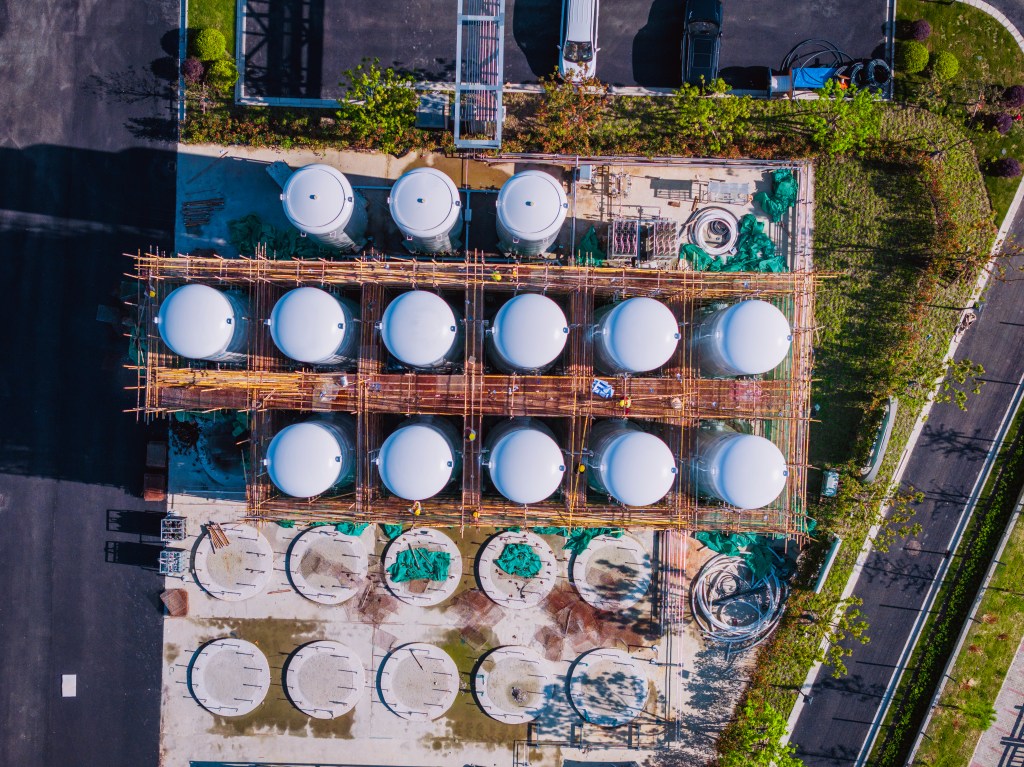
Australian hydrogen conglomerate, UHL has revealed it’s three months into its listing process, seeking an initial public offer in North America in 2024.
UHL launched in 2019 and claims it has so far generated $650 million in market capitalisation across 11 companies. Each of those companies, it says, started from a valuation of zero.
The company plans to back its listing with a US$50 to US$100 million capital raise and has engaged TriPoint Capital Management to execute the dual listing, saying the increased liquidity and capital associated with being on a stock exchange will allow UHL to execute its business model at scale.
Climate tech is also much more mature in Canada, which will provide us with stronger commercial conditions to operate under.”
Richard Allen, UHL Chairman
According to UHL’s chairman, Richard Allen, that business model involves starting hydrogen-focused joint ventures with technical partners, building the business, and then facilitating substantial exits (UHL says it’s generated $24 million in cash returns from exits so far).
“When we are wanting to target a specific industry, we send out an email across our network along with a media announcement that attracts potential technology partners,” Allen says. “This will typically result in several serious opportunities for the UHL team to consider.”
Each company under UHL’s umbrella is run by its own management and industry experts, while UHL provides access to capital and connection to its network. So far, UHL owns significant positions in 37 companies.
One of the conglomerate’s biggest success stories is hydrogen fuel cell-powered vehicle company, H2X Global, which it formed via a joint venture in 2021 with Grove Hydrogen. UHL invested $700,000 in seed capital, and less than a year later, would make a partial exit worth $7 million just as H2X released the world’s first hydrogen-powered pick-up truck, the Warrego.
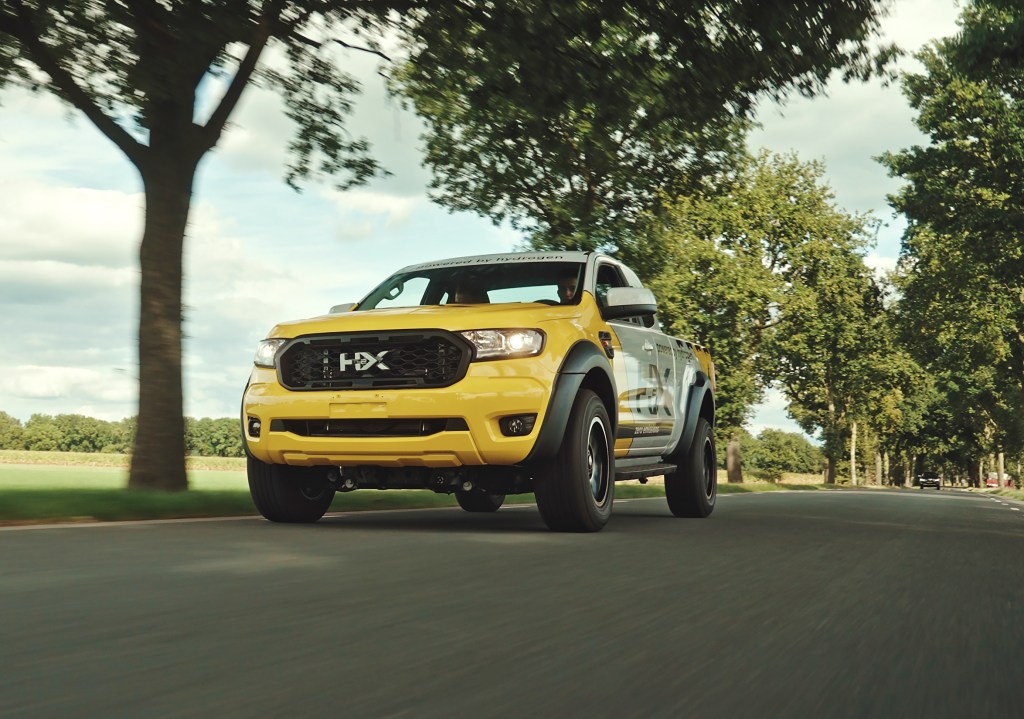
Earlier this year, H2X Global announced it would receive up to $86 million in capital over the next two years from Nebraska-based Verde Mobility, targeting commercial production by 2025.
UHL is also behind hydrogen-powered generators, a waste-to-hydrogen unit, a hydrogen injection system that reduces the emissions of diesel engines and a digitised proof of concept for a marine technology that will allow boats to operate off diesel and hydrogen.
“As part of our risk management process, we have built a highly diversified group of businesses which covers the entire hydrogen market, from production through to end-use,” Allen says.
Allen, who was previously the managing director of Tox Free Solutions from its listing until 2004 and then as non-executive director until 2017, has been working with UHL for the past two years. Now, he’s set on helping the company target the North American market.
“We are targeting this region as it is much more advanced in terms of hydrogen, and there is a significant demand from investors for hydrogen opportunities,” Allen says.
“Demand for hydrogen investment opportunities in North America has increased over the past six months following the IRA incentives implemented by the US Federal Government to accelerate the growth of the industry. Climate tech is also much more mature in Canada, which will provide us with stronger commercial conditions to operate under.”
UHL has a pipeline of 28 more companies and expects its valuation to hit more than $1 billion. “It is inevitable,” Allen says.
The global hydrogen market is predicted to be worth US$410.6 billion by 2030, according to research by MarketsandMarkets, growing at a compound annual growth rate of 7.8% over the next 7 years. According to that same research, North America is expected to be the largest market during the forecast period, due to the government’s ambitions to lower greenhouse gas emissions.
Over the next five to 10 years, UHL plans to have 200 companies under the group’s umbrella, made up of businesses across the world.
“Our goal is to develop the next generation of legacy infrastructure and technology that will provide the world with carbon-free power and transport for the next hundred years.”
Related
Australia’s hydrogen plans
Australia has the largest pipeline of renewable hydrogen projects in the world. Since the release of the country’s National Hydrogen Strategy in 2019, there is now a $127 billion pipeline of announced hydrogen investment in the country, which includes over 15 projects that have passed final investment decision and over 80 announced renewable energy hydrogen projects. Australia was the third country to announce a national hydrogen strategy.
Earlier this year, the Australian government committed a further $2 billion to scale up the development of its hydrogen industry, which would help bridge the commercial gap for early projects and put Australia on course for up to a gigawatt of electrolyser capacity by 2030.
Experts also believe Australia is poised to be a global leader in green, or renewable, hydrogen with Fortescue Future Industries’ (FFI) Andrew ‘Twiggy’ Forrest leading the charge.
Forrest launched FFI in 2020 as a vehicle to pursue green energy opportunities, and set out to create about 15 million tonnes of green hydrogen by 2030.
“The opportunity for Australia is enormous,” Chief executive of Fortescue Future Industries, Mark Hutchinson, told the Impact X conference last year. “You can think about Australia as being the Saudi Arabia of the world for green hydrogen.”
Look back on the week that was with hand-picked articles from Australia and around the world. Sign up to the Forbes Australia newsletter here or become a member here.
